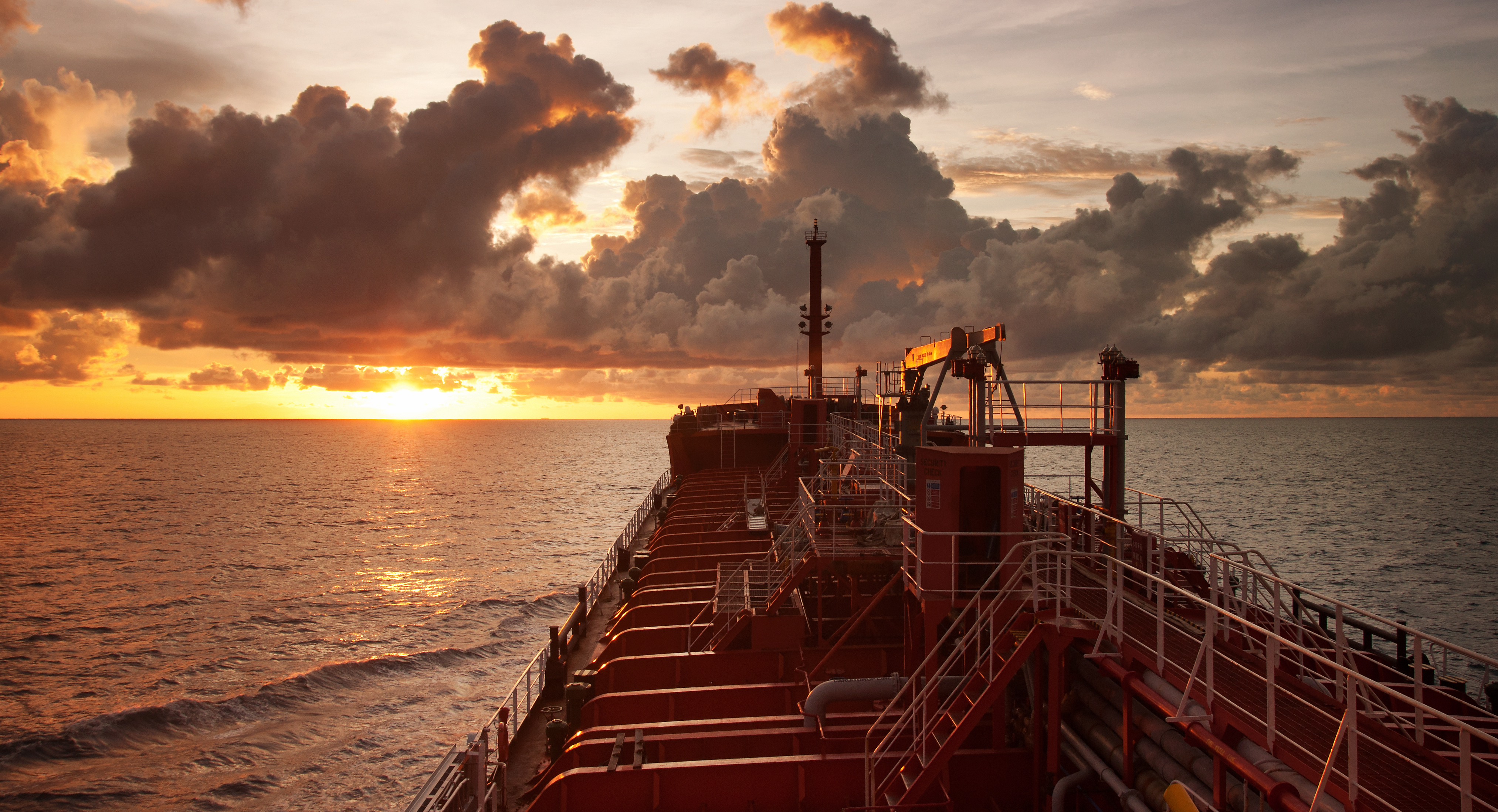
What is the Sea Cargo Charter?
Inspired by the launch of the Poseidon Principles in June 2019, and recognising a responsibility to promote care for the environment throughout the maritime chain, and to address the negative impacts of shipping on the environment, a group of cargo owners (Anglo American, Cargill, Dow, Total, Trafigura) and shipowners (Euronav, Norden, Stena Bulk), got together to work on an agreement for the reporting of emissions relating to chartering activities. This initiative led to the launch of the Sea Cargo Charter on 7 October 2020.1
The Sea Cargo Charter (“the Charter”) provides a global transparent framework and baseline for assessing and disclosing the climate alignment of chartering activities against the IMO’s absolute target as set out in its Initial Strategy which is to reduce the shipping industry’s total annual greenhouse gas (“GHG”) emissions by at least 50% of 2008 levels by 2050, whilst pursuing efforts towards phasing them out as soon as possible in this century. The principal aim of the signatories to the Charter is to support and to work towards the decarbonisation of international shipping. Other adverse impacts of shipping may also be identified over time for inclusion in the Charter.
Since its launch, the number of signatories to the Charter has been steadily increasing.
Application of the Charter
The Sea Cargo Charter applies to:
Charterers:
- with interest in the cargo on board;
- who simply charter out the vessels they charter in;
- who are disponent owners; and
- in a charterparty chain.
Bulk Chartering Activities on vessels which are:
- on time or voyage charters, including contracts of affreightment and parcelling, with a mechanism to allocate emissions from ballast voyages;
- dry bulk carriers, chemical tankers, oil (crude and product) tankers and liquefied gas carriers; and
- engaged in international trade (excluding inland waterway trade)2.
Signatories involved in contracts, or chains of contracts, for the sale and purchase of commodities where their contractual counterparties may at some point assume the position of a charterer, even if they themselves may not do so. Examples of such signatories include FOB sellers and DAP buyers3, and they are encouraged to ensure that their counterparties will comply with the Charter.
The Four Principles of the Sea Cargo Charter
The Sea Cargo Charter shares the Poseidon Principles’ four core principles but the metrics for the principles are different. While the Poseidon Principles focus on climate alignment in the context of asset finance, the Sea Cargo Charter focuses on climate alignment in the context of chartering activities.
Principle 1: Assessment of climate alignment
Signatories are to calculate the GHG emission intensity and total GHG emissions of their chartering activities on an annual basis and assess their climate alignment by reference to the established IMO decarbonisation trajectories. This requirement for a signatory to assess the climate alignment of its chartering activities takes effect in the following calendar year after the calendar year in which it became a signatory.
Principle 2: Accountability
Signatories will exclusively use those data types, data sources and service providers set out in the technical guidance to the Sea Cargo Charter for the purposes of assessing their climate alignment. This is to ensure that there is impartiality in the data assessment.
Principle 3: Enforcement
Signatories agree to work with owners, disponent owners and business partners to collect and process the information necessary to calculate carbon intensity and total GHG emissions, and assess climate alignment. Signatories will achieve this through the inclusion of the Sea Cargo Charter Clause (downloadable below) in all new charterparties that they finalise after becoming a signatory to the Charter. The Charter aims to capture all the emissions related to charterers’ cargo transport and the clause therefore focuses on ensuring that charterers have the information necessary for them to calculate the emissions that result from their chartering activities.
The clause is generic and broad in nature and it requires the head owner or disponent owner to provide a duly completed fuel emission report in a prescribed format within 7 days of completion of the voyage. The clause will be subject to an annual review process.
Principle 4: Transparency
Each signatory agrees to publicly acknowledge that it is a signatory of the Sea Cargo Charter. On an annual basis, it will report the results of the climate alignment of its chartering activities, and supporting information, to the Charter’s Secretariat no later than April 30. Each signatory additionally agrees, also on an annual basis, to publish the climate alignment of its chartering activities in relevant institutional reports.
Conclusion
Today, we have daily reminders of the impact of climate change on our planet and its population. We are witnessing the havoc and devastation caused by droughts, forest fires, storms, hurricanes, flooding, famines, and so on, and there is now a sense of urgency as never before to address the issue of GHG emissions.
While shipping remains the most energy efficient way to move goods and raw materials around the world, shipping still accounts for a large part of the world’s GHG emissions.
The Sea Cargo Charter provides Charterers with the tools to monitor, calculate and measure the GHG emissions produced by their shipping activities in a transparent and impartial way, thus lending credibility to the published results. Cargo owners and their consumers at various levels are all increasingly paying attention to supply chain emissions. These published reports give the consumers the information they need to drive change by making choices with the least adverse impacts on the environment.
Undoubtedly therefore, the Sea Cargo Charter, together with the Poseidon Principles and IMO and other initiatives, will have a significant role to play in paving the way for a sustainable shipping industry. Further, the Charter’s role is expected to be further expanded over time to include other identified goals and objectives.
If Members have any questions relating to the Sea Cargo Charter, your usual Club contact will be pleased to assist you.
----------------------
1The 17 Founding Signatories of the Sea Cargo Charter are Anglo American, ADM, Bunge, Cargill Ocean Transportation, COFCO International, Dow, Equinor, Gunvor Group, Klaveness Combination Carriers, Louis Dreyfus Company, Norden, Occidental, Shell, Torvald Klaveness, Total, Trafigura, and Ørsted.
2 Starting from 1 January 2022, vessels under 5000 GT will also be included in the reporting See version 1.3, June 2021 Sea Cargo Charter Technical Guidance; https://www.seacargocharter.org/wp-content/uploads/2020/10/SCC-Brochure-V09.pdf
3Buyers who purchase on “Free on board (FOB)” or “Delivered at Place (DAP)” terms





